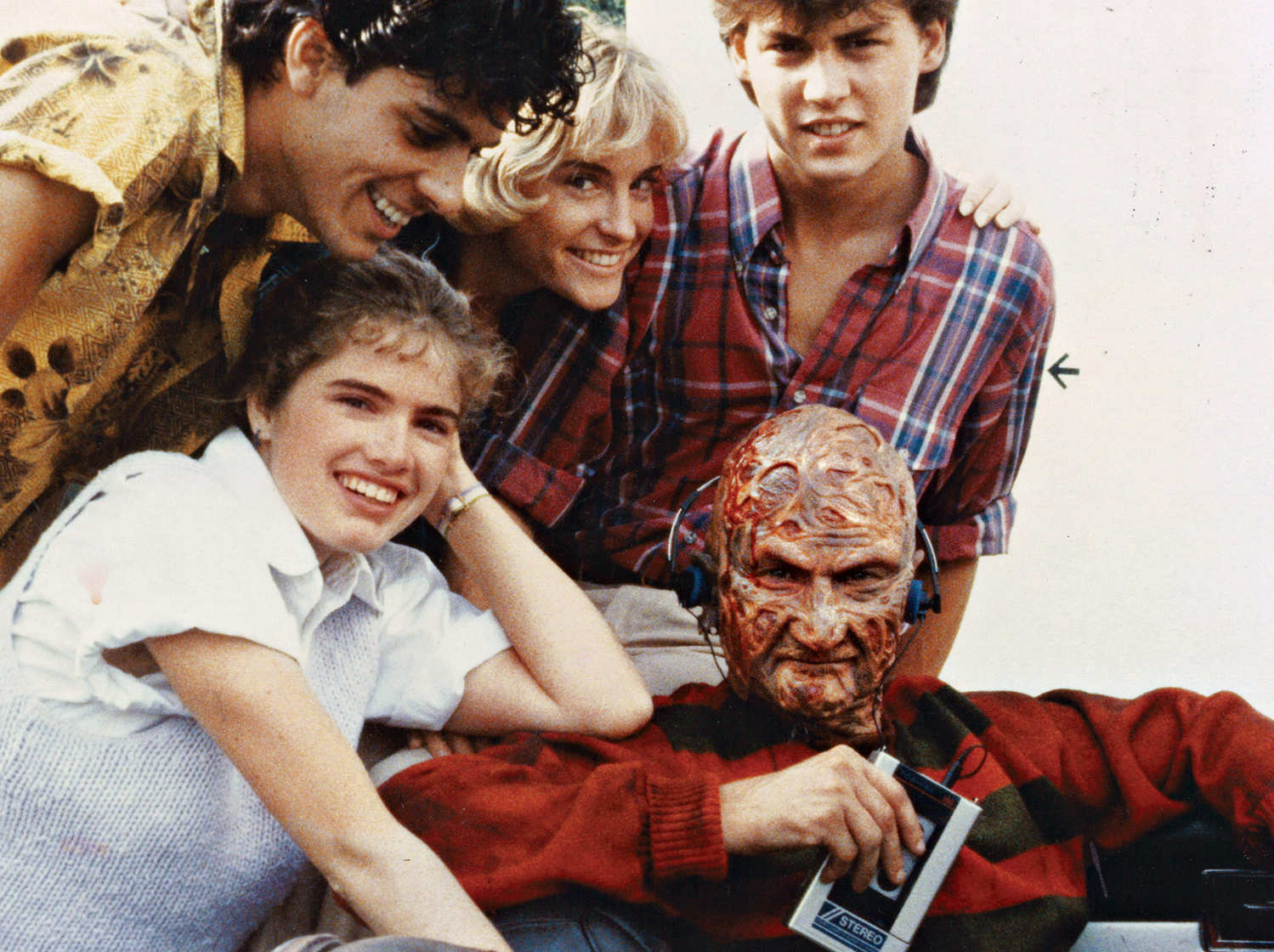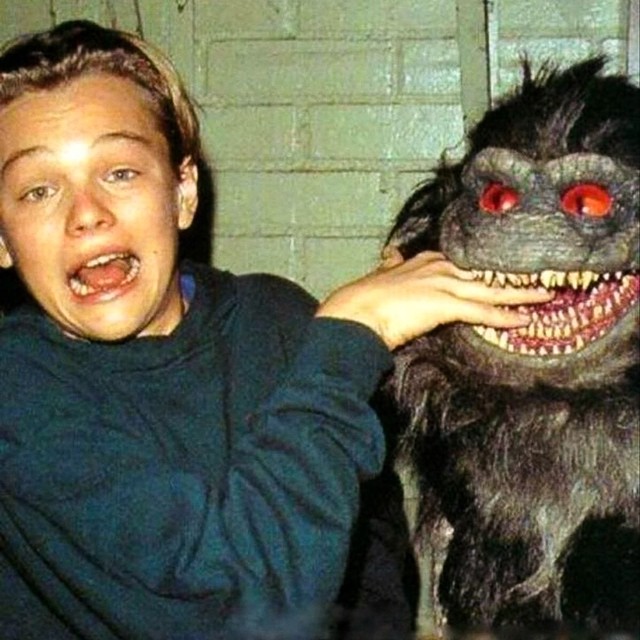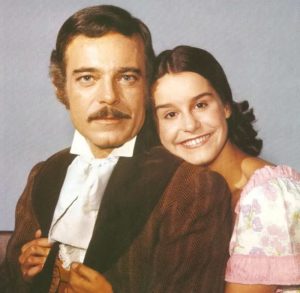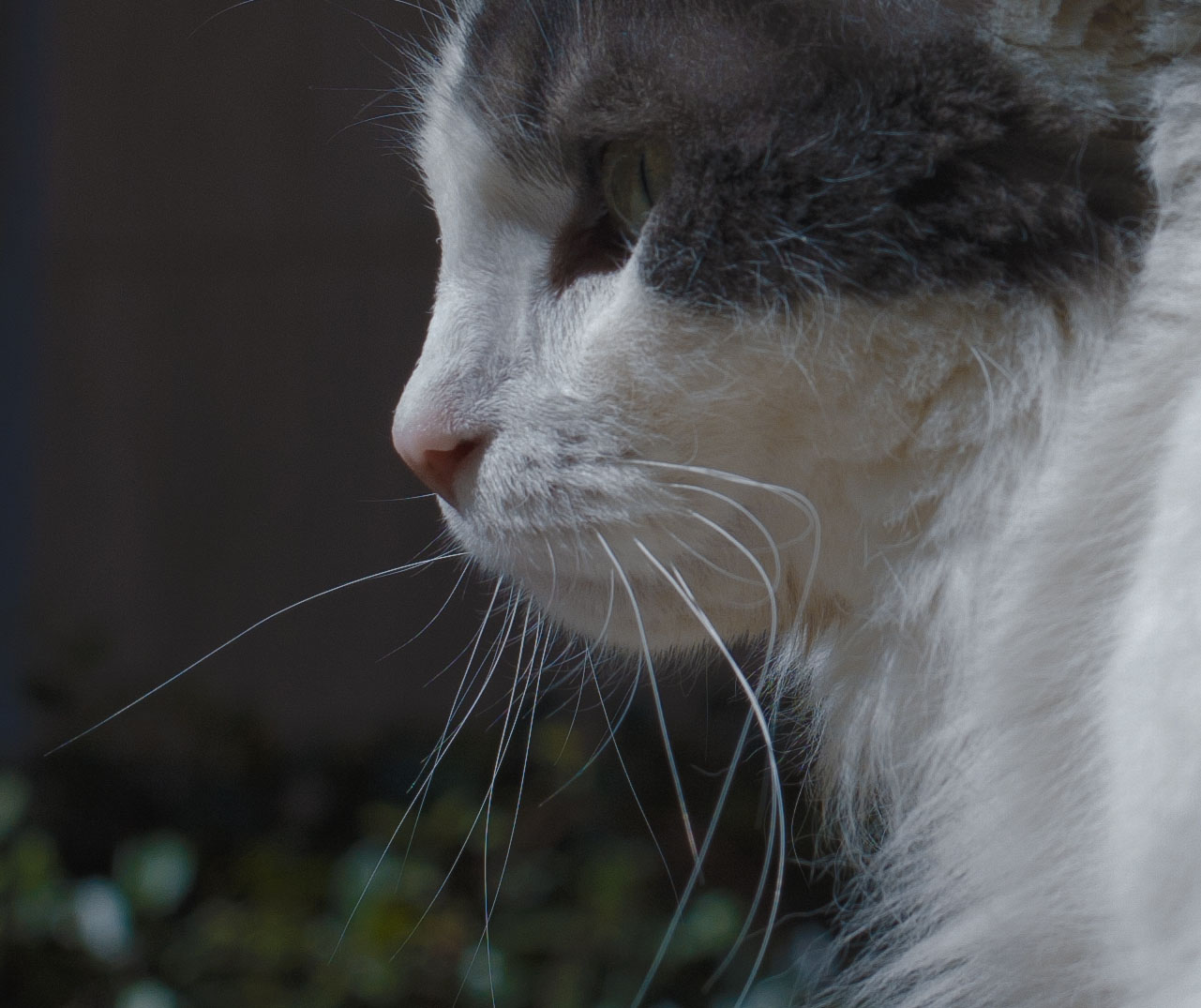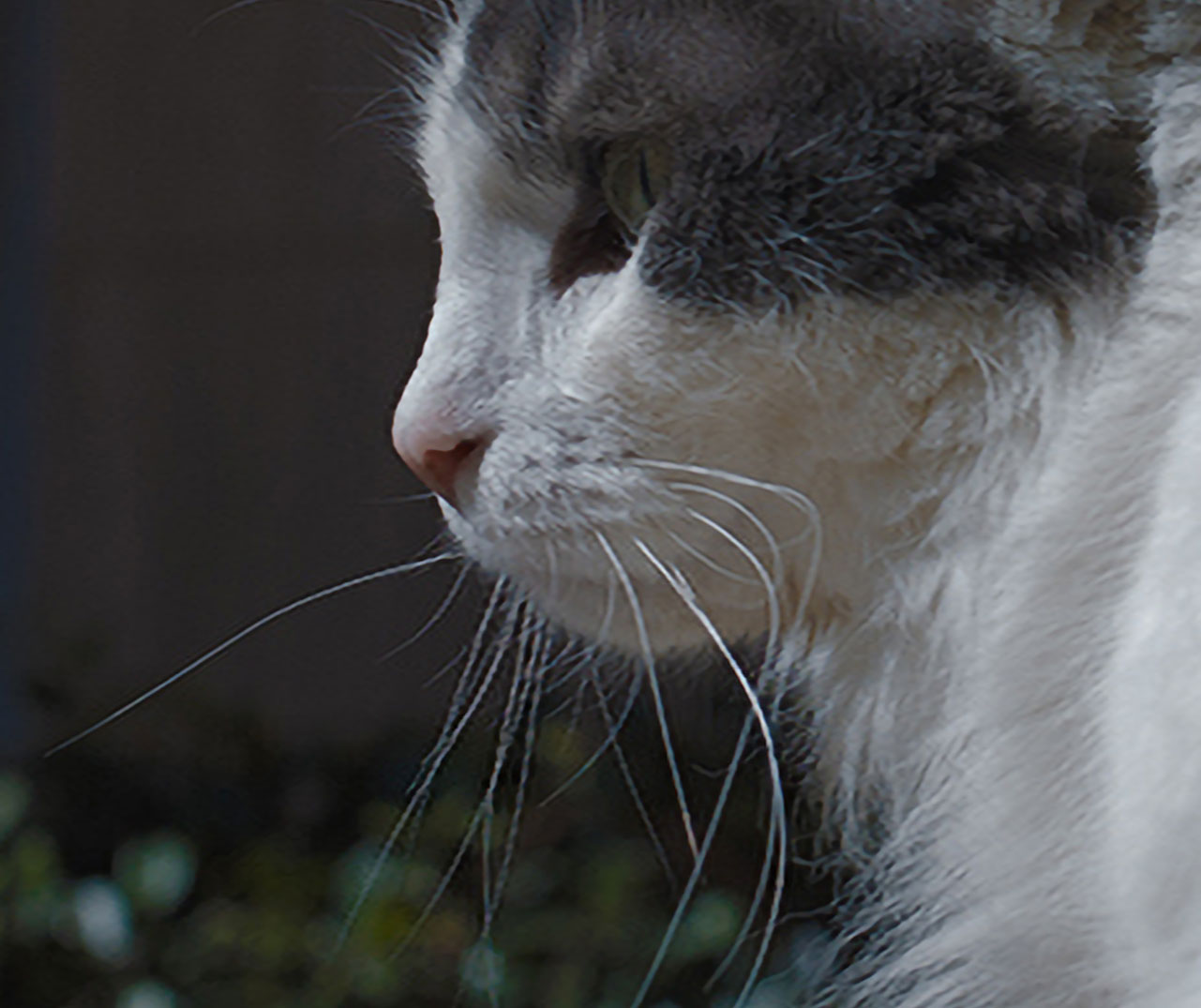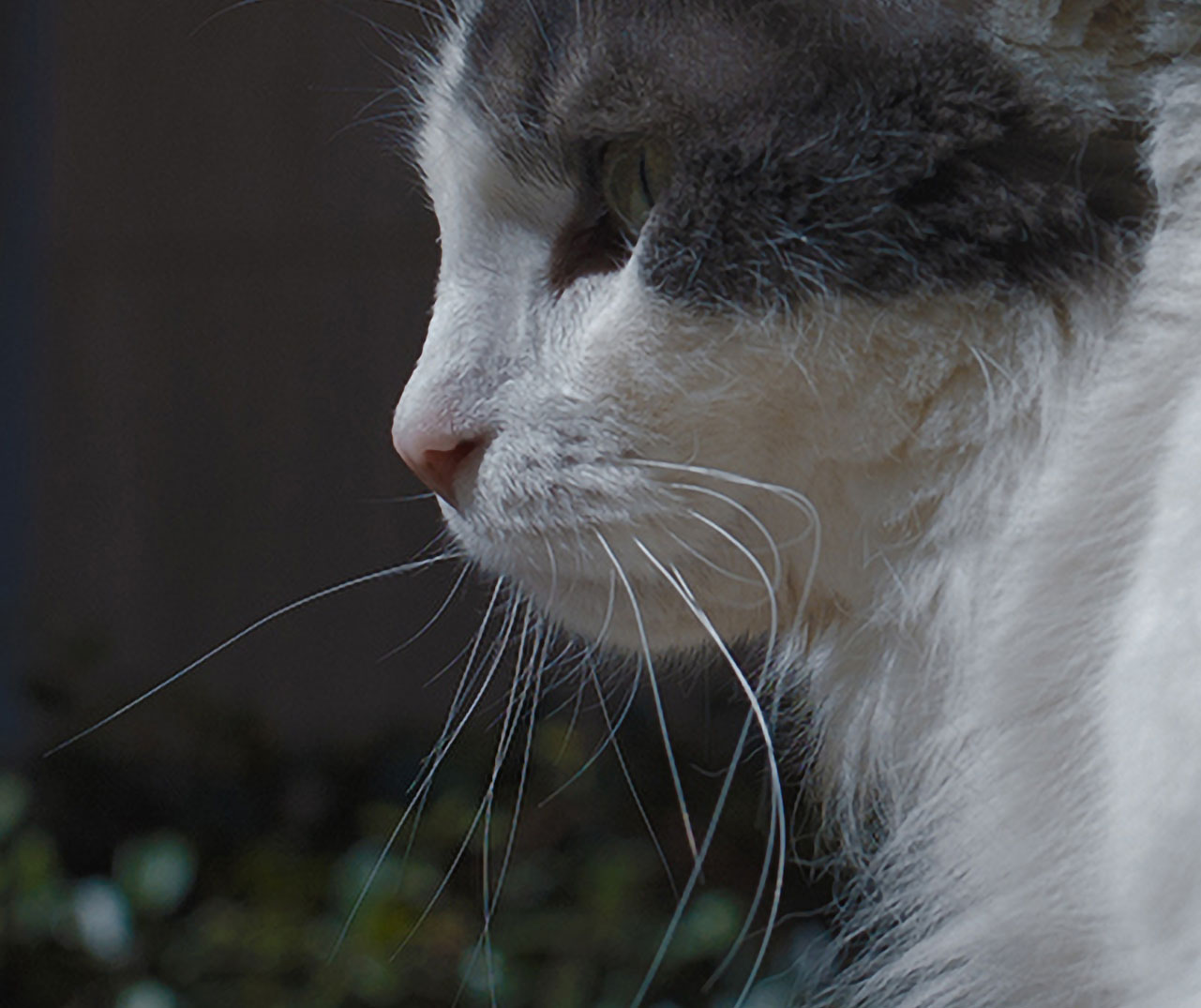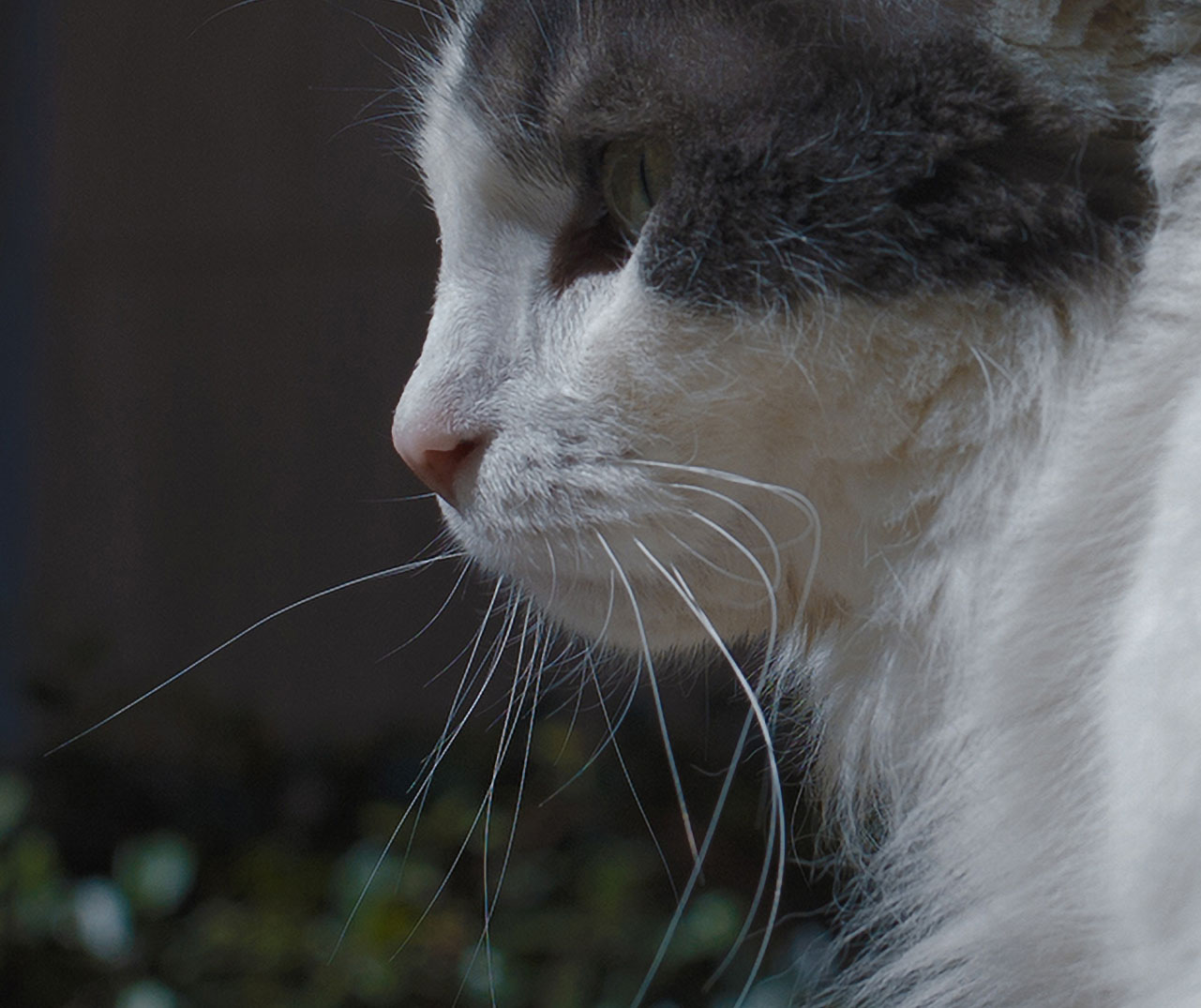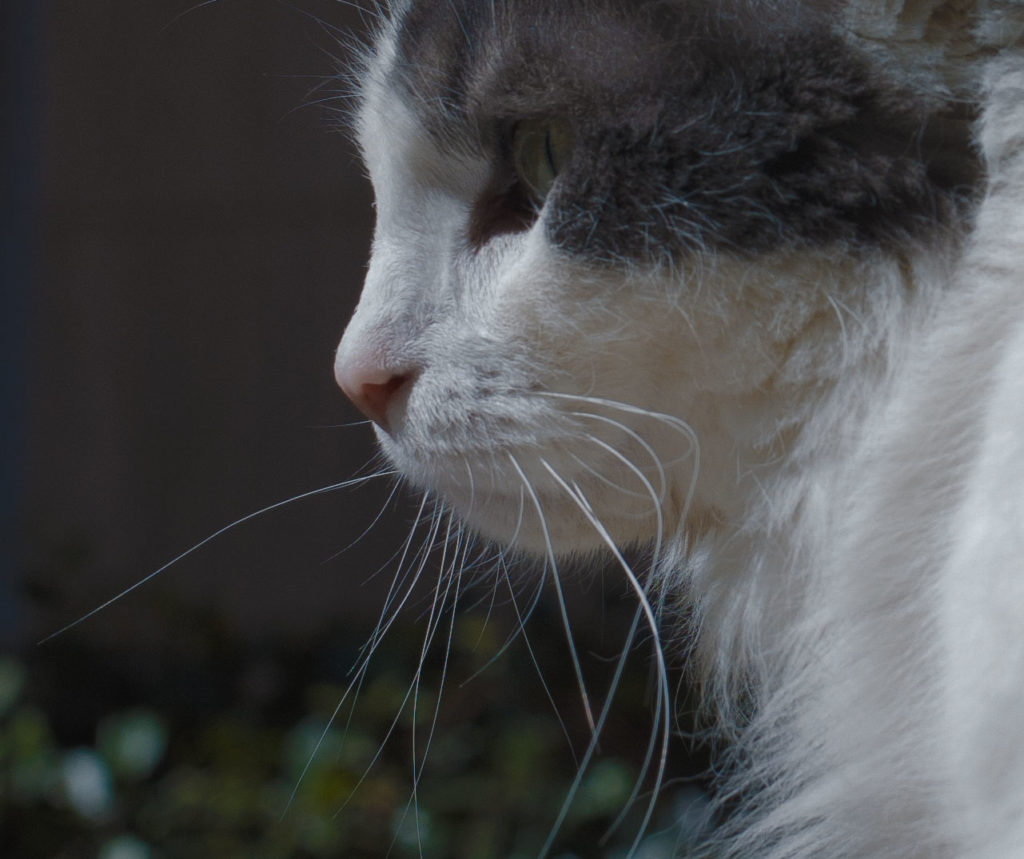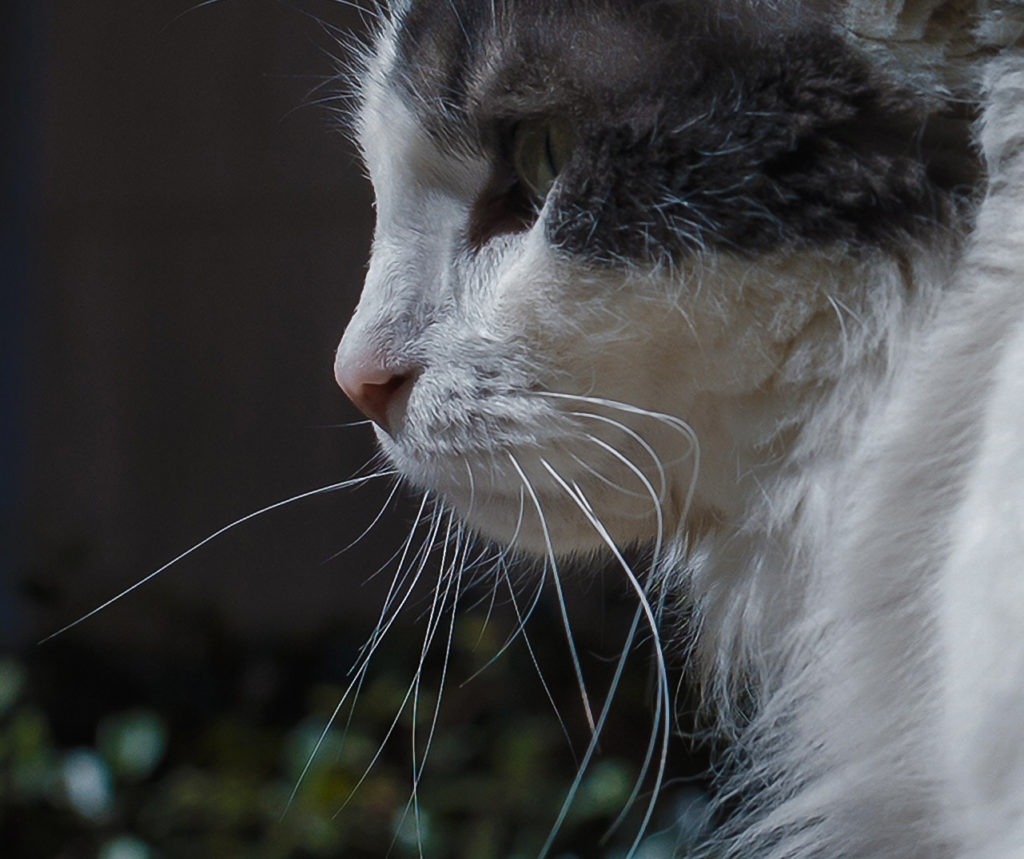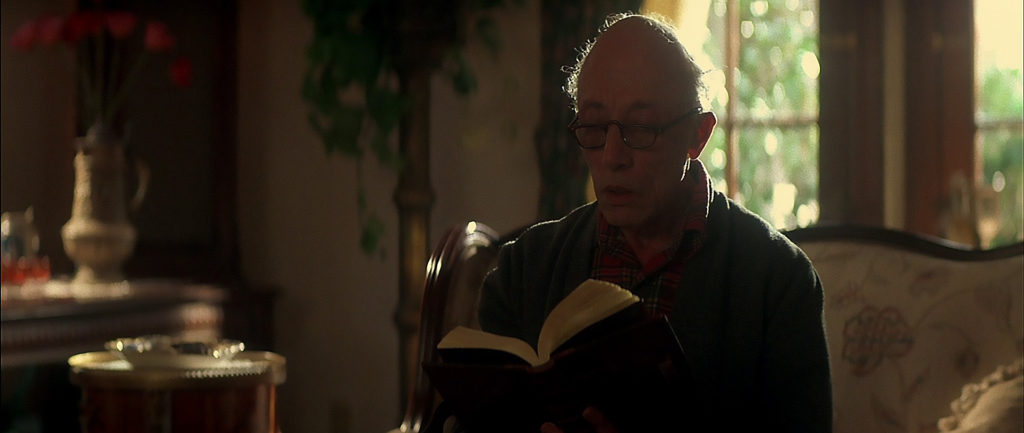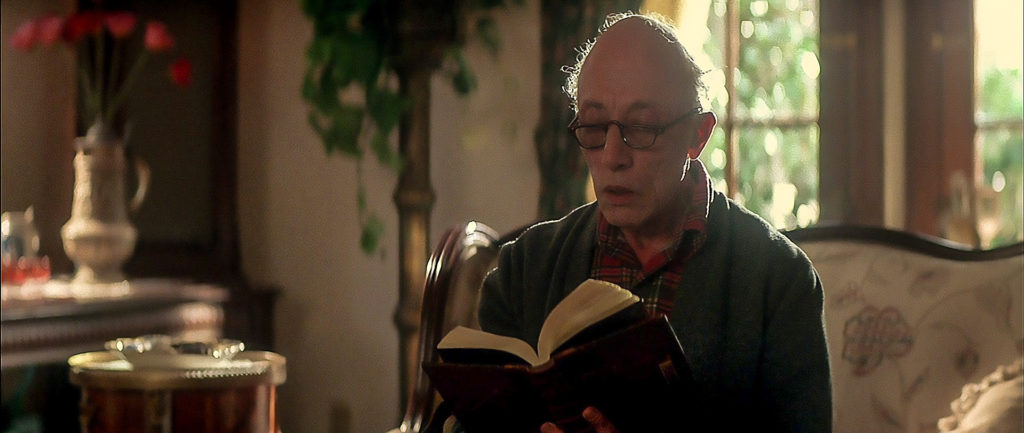It is ironic to note how often critics speak ill of a genre that often gives actors a chance to stand out : Horror
The genre often falls into the low budget, especially compared to classic productions, so up-and-coming actors often make parts in the genre where more high-profile names are not manageable with the reduced budgets of the Horror genre.
Any names? Just so we don’t fall into the generic, or talk about actors who are then known only to fans of the genre? And in any case, every great actor has had his detour into the more or less noble genre of Horror.
- Angelina Voight Jolie makes her debut in the 1993 fantasyhorror Cyborg 2 glass shadow
- Brad Pitt made his debut at a very young age, but his star began to shine with Interview with the Vampire in 1994 with Tom Cruise
- Charlize Theron, now recognized as a great actress after her Oscar for Monster and her performance in MadMax Fury Road, made her debut in The Children of the Corn III
- Clint Eastwood debuted in 1955 ‘s Revenge of the Black Lagoon Monster and in the same year also in Jack Arnold’s Tarantula
- Demi Moore, before ghost was in the 1980 trashy horror fanta Parasite
- George Clooney is very young when he appears in the horror comedy The Return of the Killer Tomatoes in 1988, and before that in Grizzly II 1983 , and even before that The School of Horrors 1987
- Julianne Moore before being Hannibal Lecter’s slayer was Susan in The Black Cat Crimes (1990), the dark lady Connie Stone in the supernatural noir Murders and Spells (1991), returning often to the genre as in 2013 in the remake of Carrie the Look of Satan,
- The great Jack Nicholson, began in 1960’s Little Shop of Horrors, eventually being directed by Kubrik in 1980’s The Shining, and then transformed into Werewolf in 1994’s Wolf
- Jamie Lee Curtis is one of the first women to revolutionize the victim-perpetrator axiom in John Carpenter’s 1978 Halloween
- Jennifer Aniston in 1993 is scared to death by the Leprechaun before she was even Rachel from Friends
- Johnny Deep before he was Tim Burton’s fetish and Jack Sparrow was one of Freddy Krueger’s first victims in 1984’s Nightmare on Elm street
- John Travolta, before Saturday Night Fever, was taking his first steps on the set of Brian de Palma’s Carrie
- Kate winslet, before boarding the Titanic to play Rose, had been one of the muses in Peter Jackson’s 1994 fantasy horror Creatures of Heaven
- Keanu Reeves, before he was immortalized in The Matrix, before he was the action star with Speed, and shortly after becoming a sex symbol in Point Break, it was playing Jonathan Harker in Coppola’s Dracula in 1992 that he became a legend
- Kevin Bacon has the honor of being one of Jason’s first victims in 1980’s Friday the 13th
- Leonardo di Caprio before being the star of MrGraves and Titanic fights space hamsters in Critters 3 in 1991
- Liam Neeson before he was enshrined in the mainstream with Schindlers’ List was Dr. Peyton WestLake in Sam Raimi’s 1990 horror superhero Darkman, and even before that in the 1988 fantasy horror comedy High Spirits with Peter O’Toole and Daryl Hannah
- Linda Hamilton, before taking down Terminator, was featured in 1979’s Wishman, and then was the lead in 1984’s Children of the Corn before filming the first Terminator
- Luke Perry, who on TV is the Dylan all the little girls died behind, made his film debut a couple of years later, in 1992 with the Buffy the Vampire Slayer movie
- Meg Ryan before being America’s sweetheart was the little girl’s friend in the haunted house in Amitiville 3 D
- Michelle Pfeiffer has always frequented the genre, we want to remember her for 1983’s Scarface, or for being the delightful Isaboe in LadyHawk, or Sukie Ridgemont in The Witches of Eastwick, and then becoming a charming werewolf in Wolf in the company of Jack Nicholson, and then again in Burton’s Dark Shadow,
- Mila Kunis tackles in 1995’s Piranha to make her way into the ocean of cinema
- Robert De niro, though not early in his career, did not disdain playing Frankestein’s monster, as opposed to the doctor, played by Kenneth Branagh in Mary Shelley’s Frankenstein of the same name
- Sam Elliot in 1972 launched himself with the film Frogs
- Scarlett Johansson before becoming the Black Widow was a teenager in the genre film Arac Attack in 2002
- Sharon Stone in 1981 was brought to prominence by Wes Craven in Deadly Blessing
- Sigurney Weaver had already done a few films, but the masterpiece that launched her was Scott’s first Alien in 1979
- Tim Curry, histrionic, versatile performer has crossed every genre and character, but for most he remains Dr. Frank-o-furter from The Rocky Horror Picture Show
- Tom Cruise was already known to the general public with risky business, but the breakthrough came when directed by Ridley Scott in Legend
- Tom Hanks made his debut in 1980 in he knows you are alone
- Winona Ryder owes her launch to Tim Burton’s horror comedy BeetleJuice in 1988 and then in Coppola’s Dracula in 1992
- the homegrown Zingaretti makes his debut in an Italian-American horror production Castle freak.
In short this little roundup to remind how horror genre cinema has always been prolific of actors, directors, etc. but they are often remembered for other performances … after all already at the birth of cinema one can count a lot of horror films, in 1890 …

